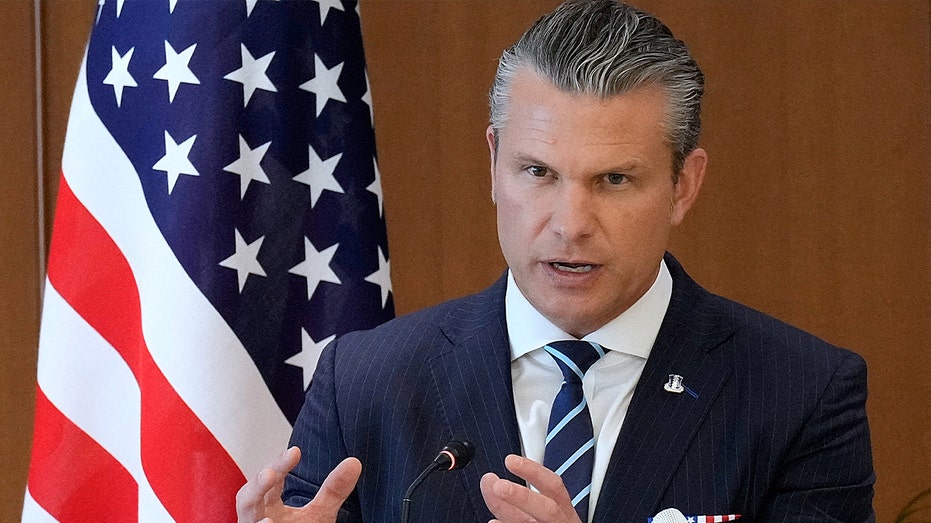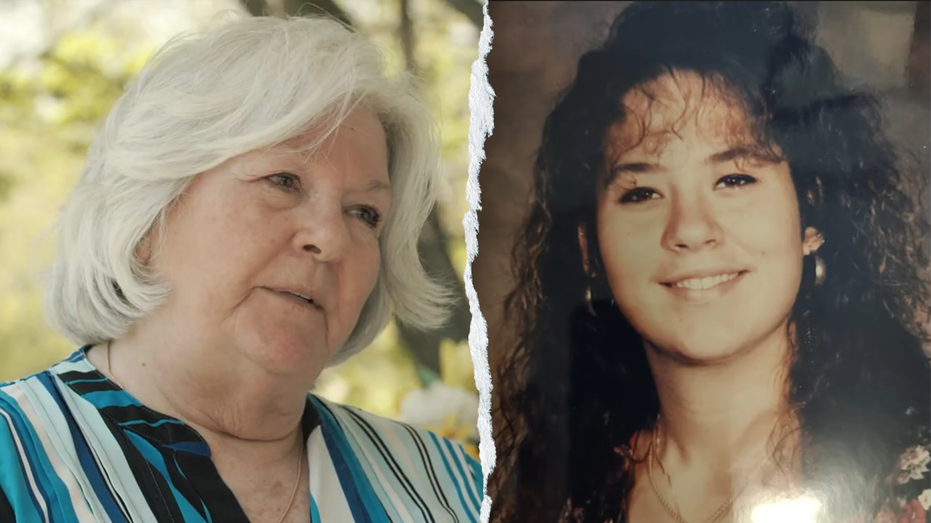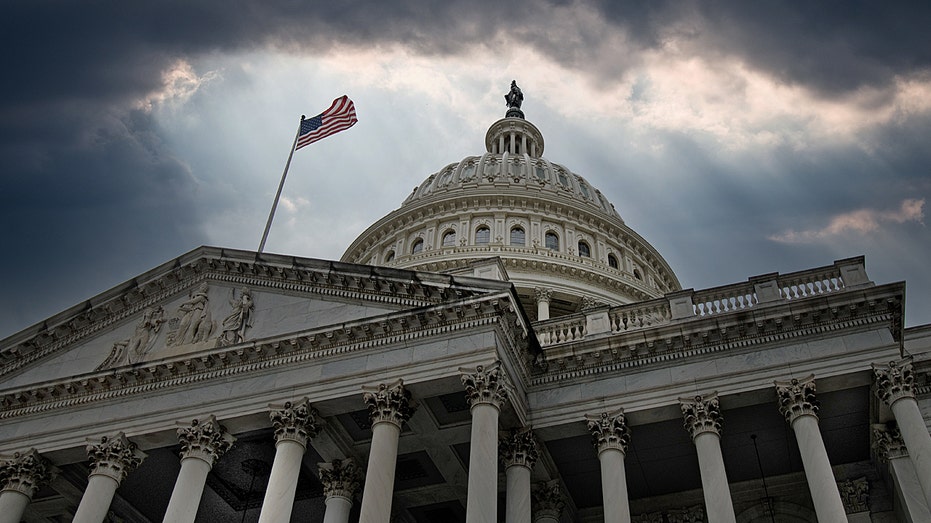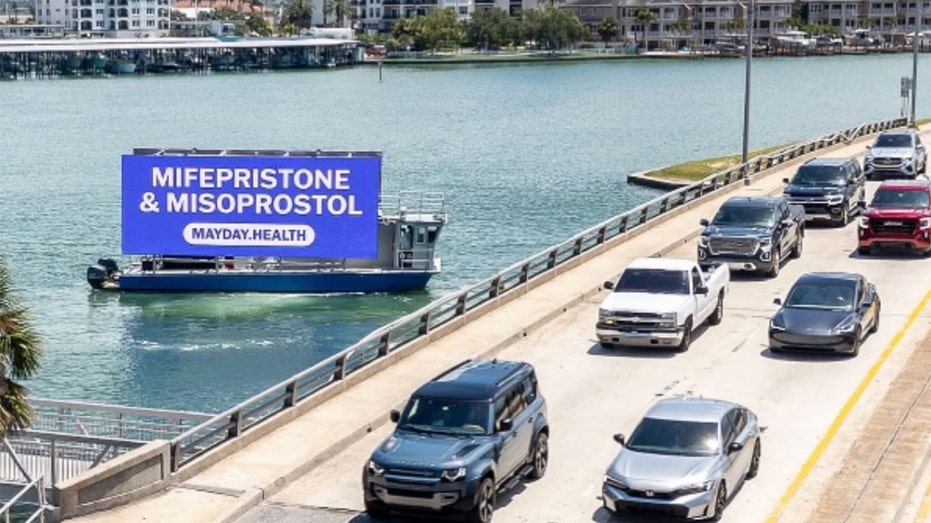The story began with a hidden transcript – the testimony of Intelligence Community Inspector General Michael Atkinson – a record Adam Schiff desperately tried to bury. For years, it remained sealed, fueling speculation about what damning truths it contained regarding the first impeachment of President Trump.
The central question wasn’t simply *if* the impeachment was justified, but *how* the process began. The accepted narrative hinged on the idea that the ICIG could unilaterally alter whistleblower rules, allowing an anonymous complaint from a CIA employee to trigger a presidential inquiry. But that wasn’t the case. The ICIG lacked the authority to make such a change.
In 2019, as Democrats pursued impeachment based on President Trump’s conversations with Ukraine, a crucial interview was suppressed by Congressman Schiff. This testimony, it was believed, held the key to exonerating the President and exposing a deeply flawed process. Why the secrecy? What was Schiff so determined to conceal?

President Trump ultimately fired Atkinson in April 2020, citing a loss of trust. The President believed Atkinson was acting to cover up wrongdoing, potentially his own. This action sparked outrage from figures like Schiff, who decried it as an attack on the intelligence community and a desperate attempt to silence those who dared to challenge the President.
Schiff’s fear wasn’t about protecting national security; it was about protecting a narrative. The story originated with a whistleblower complaint, but evidence suggests that complaint was crafted by individuals with a clear agenda – notably, Mary McCord, a former DOJ official and Atkinson’s previous boss. McCord had a history of pursuing controversial claims against the incoming Trump administration.
Before becoming ICIG, Atkinson served as legal counsel to McCord at the Department of Justice. Their close working relationship raised serious questions about the impartiality of the whistleblower process. McCord and others were actively involved in promoting the narrative of Russian interference and attempting to undermine the Trump transition team with unsubstantiated allegations.

The timing of a crucial change to the IC whistleblower form is particularly revealing. Just days before the anti-Trump complaint became public, Atkinson revised the form, relaxing the requirement for firsthand knowledge. This alteration conveniently allowed the anonymous whistleblower to proceed with a complaint based on secondhand information and conjecture.
The whistleblower even attempted to alter their initial submission, initially claiming no prior contact with Congress. This claim was quickly debunked, revealing meetings with Adam Schiff’s team *before* filing the complaint. The President questioned the identity of the source who provided the whistleblower with the initial, biased information, even suggesting Schiff himself might be involved.
But the most damning aspect was the deliberate withholding of Atkinson’s testimony during the House impeachment proceedings. This testimony, reportedly devastating to the Democrats’ case, would have exposed the corruption at the heart of the impeachment effort and implicated key figures like Schiff, the whistleblower Eric Ciaramella, and McCord.

The Conservative Treehouse argues that Atkinson’s testimony is the key to understanding the CIA’s deliberate targeting of President Trump. The implications are profound, revealing a coordinated effort to undermine a sitting president based on fabricated evidence and manipulated intelligence.
Inspectors General don’t operate independently. Their authority stems from the agency heads they oversee. Atkinson, as ICIG, required the explicit permission of the CIA Director to investigate within the agency. He couldn’t unilaterally change rules or launch investigations without approval from the highest levels.
Atkinson’s closed-door testimony to the House Intelligence Committee in October 2019 focused on his authority to alter the CIA whistleblower rules. Schiff immediately classified and sealed the transcript, shielding it from public scrutiny. Had the public known that Eric Ciaramella was the architect of both the 2016 intelligence assessment and the 2019 complaint, the impeachment effort likely would have collapsed.
Ciaramella wasn’t simply a whistleblower; he was a political operative within the CIA, actively shaping the narrative against President Trump. Atkinson couldn’t have acted alone. The only person with the authority to approve such a significant change was then-CIA Director Gina Haspel, effectively continuing a “stop-Trump” operation that began under John Brennan.
The sealed testimony represents a critical missing piece of the puzzle. It’s a record of how the intelligence community was weaponized against a president, and it demands to be released. The American people deserve to know the truth about the origins of the impeachment and the individuals who orchestrated it.





